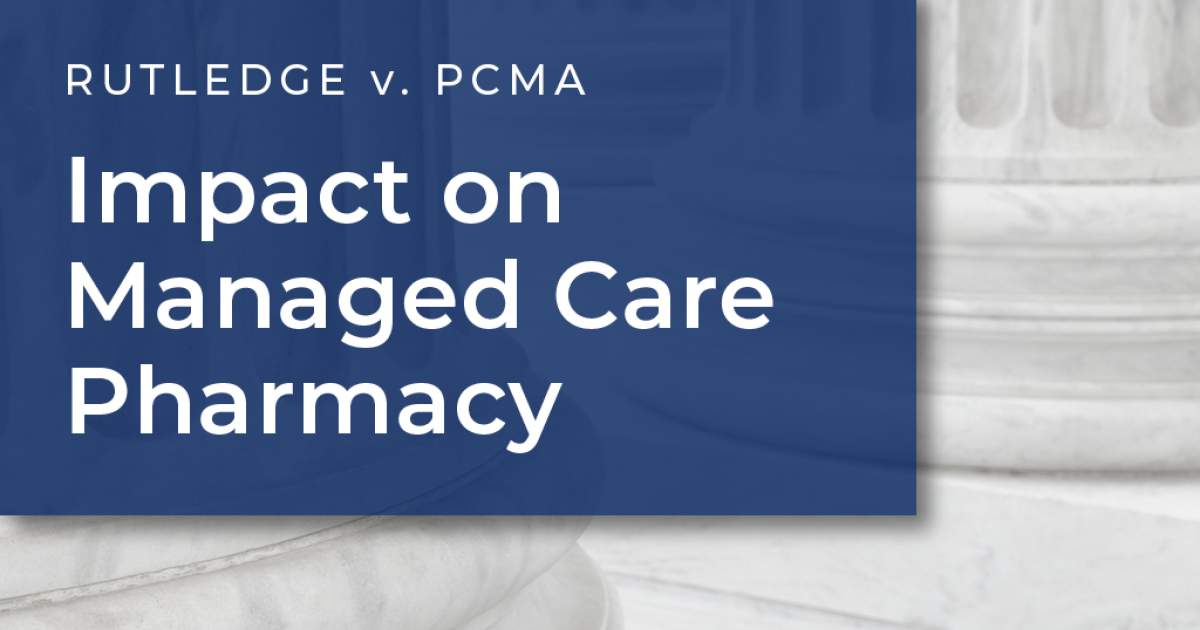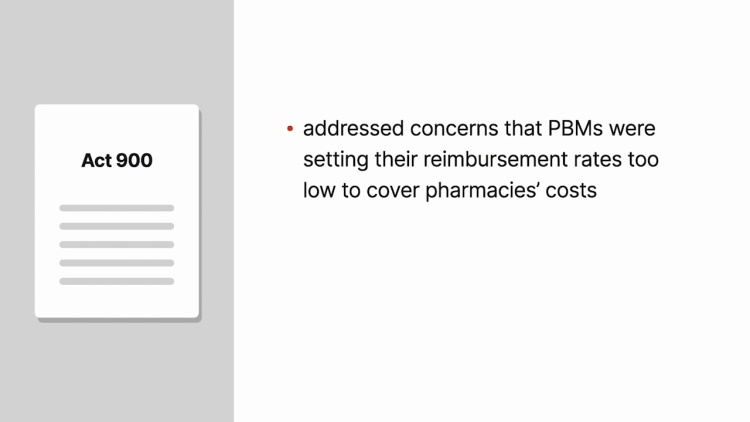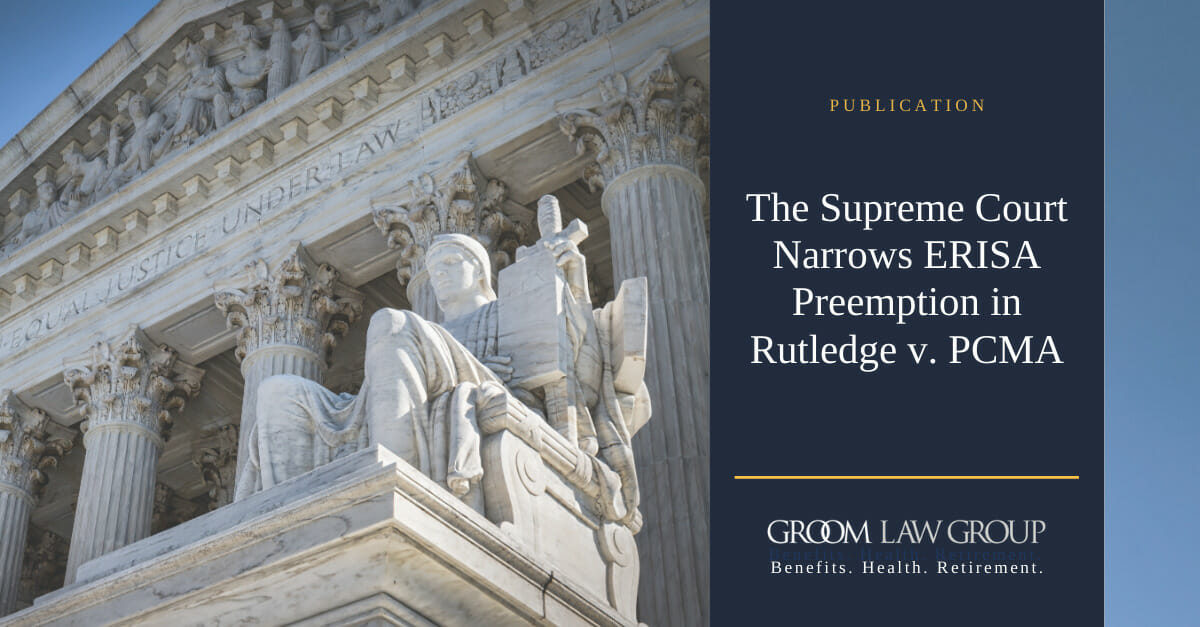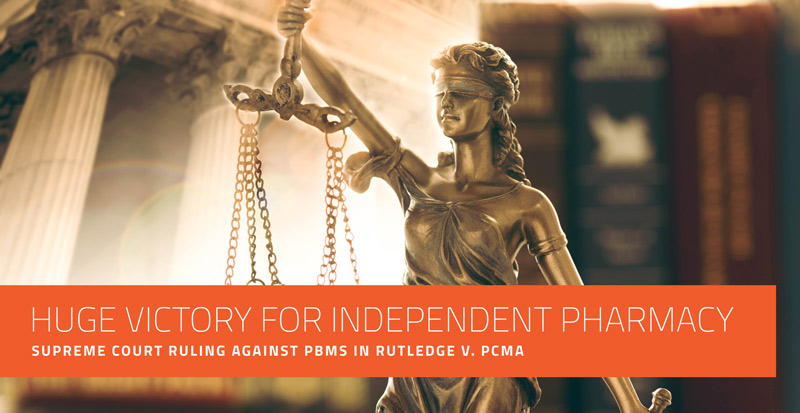Rutledge V. Pharmaceutical Care Management Association

In a landmark decision with far-reaching implications for healthcare costs and state regulation, the Supreme Court unanimously sided with Arkansas in the case of Rutledge v. Pharmaceutical Care Management Association (PCMA). The ruling, delivered in December 2020, affirmed states' rights to regulate Pharmacy Benefit Managers (PBMs), companies that manage prescription drug benefits for health insurers and employers. The decision has ignited a wave of legislative activity across the country, as states seek to rein in PBM practices and lower drug prices.
At its core, Rutledge v. PCMA concerned an Arkansas law, Act 900, designed to regulate PBM reimbursement rates to pharmacies. The PCMA, a national trade association representing PBMs, argued that Act 900 was preempted by the Employee Retirement Income Security Act of 1974 (ERISA), a federal law that governs employee benefit plans. This legal battle underscores the complex interplay between federal and state authority in healthcare, and the significant role PBMs play in the pharmaceutical supply chain and drug pricing.
The Heart of the Dispute: Act 900 and ERISA Preemption
Arkansas Act 900 required PBMs to reimburse pharmacies at a rate equal to or higher than their acquisition cost for prescription drugs. The state argued this law was crucial to ensure pharmacies, particularly rural ones, could remain viable and provide access to medications for patients. Without such a law, Arkansas asserted, PBMs could exploit their market power to squeeze pharmacies, potentially leading to closures and reduced patient access.
The PCMA countered that Act 900 was preempted by ERISA, claiming it directly impacted the administration of employee benefit plans, which fall under federal jurisdiction. The association maintained that allowing state-level regulations like Act 900 would create a patchwork of inconsistent rules, making it difficult for PBMs to manage benefits across state lines and potentially raising costs for employers and patients.
The Supreme Court's Unanimous Decision
Justice Sotomayor, writing for a unanimous court, rejected the PCMA's preemption argument. The Court reasoned that Act 900 did not directly regulate ERISA plans themselves, but rather regulated PBMs, which are independent entities providing services to those plans. This distinction was crucial, as the Court held that laws of general applicability that affect ERISA plans indirectly are not necessarily preempted.
The ruling emphasized that Act 900 regulated costs, a traditional area of state authority, and did so without dictating the specific benefits that ERISA plans must provide. The Supreme Court’s decision in Rutledge v. PCMA clarified the scope of ERISA preemption in the context of PBM regulation, empowering states to enact laws aimed at addressing concerns about drug pricing and pharmacy access.
Impact and Aftermath: A Wave of State Legislation
The Rutledge decision has unleashed a wave of legislative activity across the United States. States are now emboldened to enact laws regulating various PBM practices, including reimbursement rates, spread pricing, and formulary management. This renewed focus on PBM regulation reflects growing concerns about the lack of transparency and potential conflicts of interest within the industry.
Many states are considering or have already implemented legislation requiring PBMs to be licensed, disclose their pricing arrangements, and pass along rebates received from drug manufacturers to health plans and patients. Some states are also exploring strategies to limit spread pricing, a practice where PBMs charge health plans more for a drug than they reimburse pharmacies, pocketing the difference as profit. These measures are aimed at increasing transparency, promoting competition, and ultimately lowering drug costs.
Concerns and Counterarguments
While the Rutledge decision has been widely praised by patient advocates and independent pharmacies, the PCMA and other industry stakeholders raise concerns about the potential consequences of increased state regulation. They argue that a patchwork of state laws could create administrative complexities and increase costs for PBMs, which could ultimately be passed on to employers and patients in the form of higher premiums and cost-sharing.
The PCMA also contends that some state regulations could stifle innovation and limit PBMs' ability to negotiate lower drug prices with manufacturers. They assert that PBMs play a crucial role in managing drug costs and ensuring access to affordable medications, and that overly restrictive regulations could undermine these efforts.
The Future of PBM Regulation
The legal and legislative landscape surrounding PBM regulation is likely to remain dynamic in the coming years. While the Rutledge decision provided states with greater authority to regulate PBMs, the precise scope of permissible state action remains to be seen. Further litigation is possible as states continue to experiment with different regulatory approaches.
Moreover, there is growing momentum at the federal level to address PBM practices through legislation. Congress is considering various proposals to increase transparency, ban certain practices, and promote competition within the PBM industry. Whether these efforts will gain traction remains uncertain, but the heightened scrutiny of PBMs suggests a growing recognition of the need for reform.
Ultimately, the future of PBM regulation will depend on a delicate balance between state and federal authority, and on the ability of policymakers to craft regulations that promote transparency, competition, and affordable access to prescription drugs for all Americans. The Rutledge decision represents a significant step in that direction, but much work remains to be done to ensure that the pharmaceutical supply chain operates in a fair and efficient manner.









